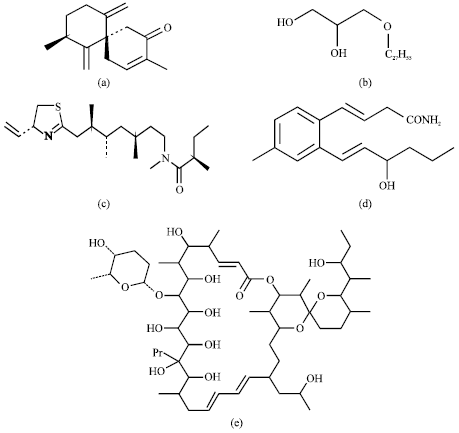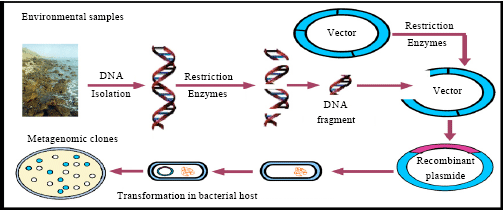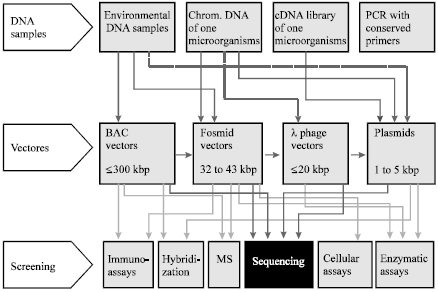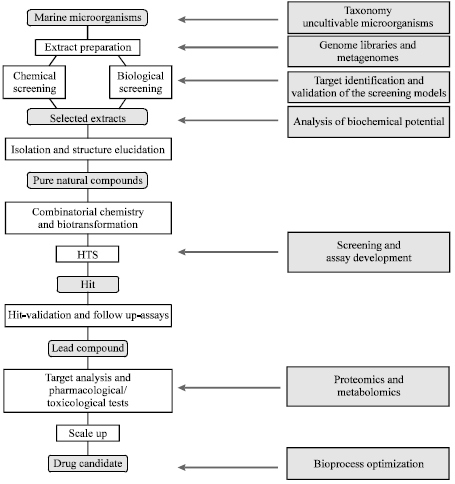Review Article
Marine Drugs: Implication and Future Studies
Department of Marine Science, Bharathidasan University, Tiruchirapalli-620 024, India
A. Raja
Department of Microbiology, Jamal Mohammed College, Tiruchirapalli-620 020, India
R. Arthur James
Department of Marine Science, Bharathidasan University, Tiruchirapalli-620 024, India















